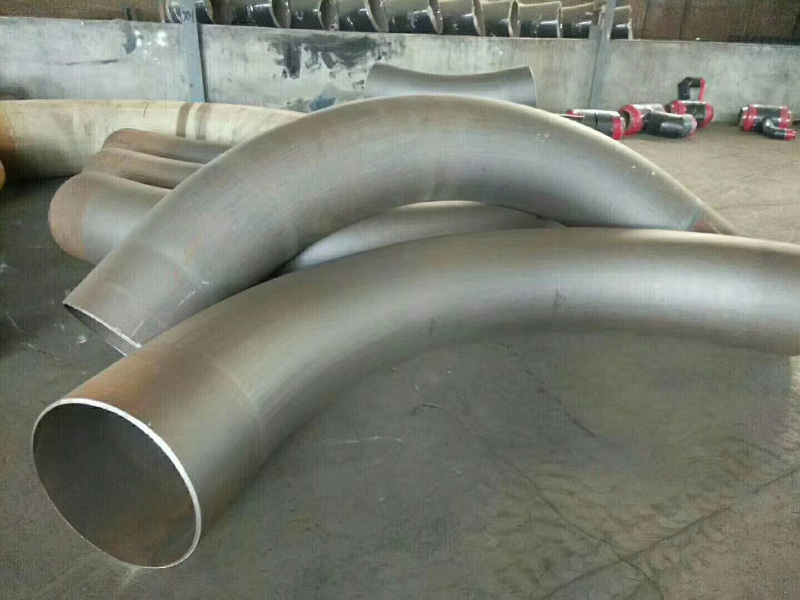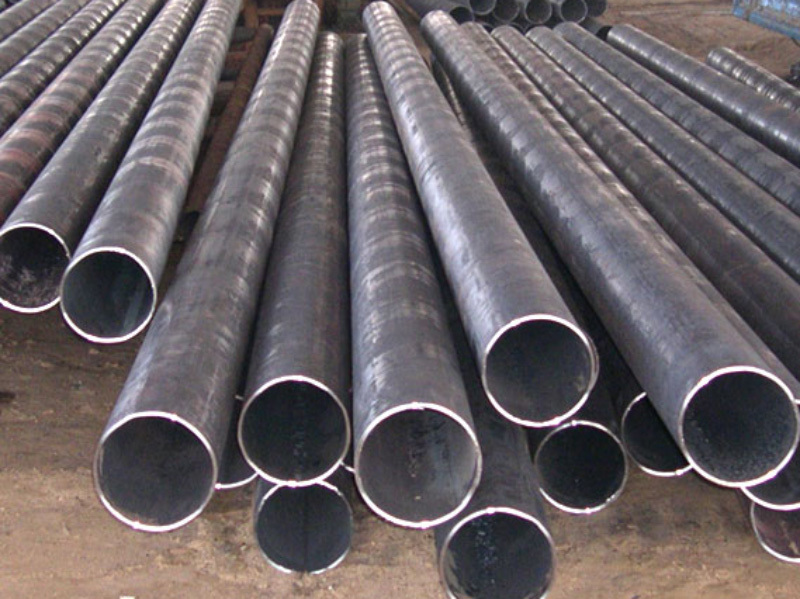Leading Smls Pipe and fittings supplier from China since 1991
FF Flanges: Essential Guidelines for Project Managers
FF Flanges: Essential Guidelines for Project Managers Table of Contents Introduction to FF Flanges Understanding FF Flanges What Are FF Flanges? Types of FF Flanges Selecting FF Flanges for Your Project The Installation Process Maintenance Tips for FF Flanges Common Mistakes to Avoid Project Management Best Practices for
Aug 14,2025

FF Flanges: Essential Guidelines for Project Managers
Table of Contents
- Introduction to FF Flanges
- Understanding FF Flanges
- Selecting FF Flanges for Your Project
- The Installation Process
- Maintenance Tips for FF Flanges
- Common Mistakes to Avoid
- Project Management Best Practices for FF Flanges
- Conclusion
- FAQs
Introduction to FF Flanges
FF flanges, or flat-faced flanges, play a crucial role in various industrial applications, particularly in construction and decorative materials. They serve as connectors between two components, ensuring a secure and leak-proof joint. Understanding FF flanges is essential for project managers to optimize their project outcomes and ensure the longevity and safety of installations. This guide aims to equip project managers with comprehensive knowledge about FF flanges, from selection to maintenance.
Understanding FF Flanges
What Are FF Flanges?
FF flanges are characterized by a flat face that allows for a tight seal when mated with a flat surface. These flanges are commonly used in low-pressure applications and are preferred for their ease of use and the ability to provide a reliable sealing solution. They are typically made from materials such as carbon steel, stainless steel, and other alloys, ensuring durability and resistance to corrosion.
Types of FF Flanges
There are several types of FF flanges, each designed for specific applications and environments. Here are some of the most common types:
1. **Blind Flanges**: Used to seal the end of a piping system, preventing flow in that direction.
2. **Socket Weld Flanges**: Designed for pipe systems where space is limited; they offer an effective sealing method.
3. **Slip-On Flanges**: Ideal for low-pressure applications, these flanges slide over the pipe, making installation straightforward.
4. **Threaded Flanges**: These flanges feature internal threads allowing them to be screwed onto the pipe, providing a quick and easy installation option.
Selecting FF Flanges for Your Project
Choosing the right FF flanges requires careful consideration of several factors. Here are some essential guidelines:
1. **Pressure Rating**: Assess the pressure requirements of your project. FF flanges come in various pressure ratings, so select one that meets or exceeds the project's needs.
2. **Material Compatibility**: Ensure the flange material is compatible with the fluids or gases being transported through the piping system. Corrosive materials may require specific alloys.
3. **Size Considerations**: Measure the pipe diameter accurately to ensure proper fitting. The flange size must match the pipe specifications.
4. **Environmental Factors**: Consider the operating environment. High temperatures, corrosive substances, and mechanical stresses can influence the material selection.
The Installation Process
Proper installation of FF flanges is critical to achieving a secure and reliable connection. Follow these steps for an effective installation:
1. **Surface Preparation**: Clean the mating surfaces thoroughly to remove dirt, rust, and debris. Any contaminants can compromise the seal.
2. **Gasket Placement**: Place a suitable gasket on the flat face of the flange. Select a gasket material compatible with the operating conditions and substances involved.
3. **Align the Flanges**: Position the flanges so they are aligned properly. Misalignment can lead to leaks and potential failure.
4. **Tightening Bolts**: Begin tightening the bolts in a crisscross pattern to distribute pressure evenly. Use a torque wrench to apply the manufacturer's specified torque.
5. **Final Inspection**: After installation, perform a visual inspection to ensure that everything is properly aligned and secured.
Maintenance Tips for FF Flanges
Regular maintenance is vital to ensure the longevity and performance of FF flanges. Implement the following tips:
1. **Routine Inspections**: Schedule periodic inspections to check for signs of wear, corrosion, and leakage. Early detection can prevent costly repairs.
2. **Tightness Checks**: Periodically check the tightness of the bolts to ensure they remain secure. Environmental factors can cause them to loosen over time.
3. **Gasket Replacement**: Gaskets should be inspected and replaced as needed, particularly if there are signs of wear or deformation.
4. **Corrosion Protection**: Apply protective coatings to flanges exposed to harsh environments. This can significantly extend their lifespan.
Common Mistakes to Avoid
Avoiding common pitfalls in the handling and installation of FF flanges is crucial for project success. Here are mistakes to watch out for:
1. **Ignoring Manufacturer Guidelines**: Always adhere to the manufacturer's specifications and installation instructions. Deviating from these guidelines can lead to serious issues.
2. **Using Incorrect Gaskets**: Selecting the wrong gasket material can compromise the integrity of the seal, leading to leaks and potential failures.
3. **Neglecting Surface Preparation**: Failing to prepare the surfaces properly can result in poor sealing and increased risk of leaks.
4. **Over-tightening**: While it is essential to secure the flanges properly, over-tightening can warp the flanges and cause damage.
Project Management Best Practices for FF Flanges
Effective project management involves meticulous planning and execution when dealing with FF flanges. Here are some best practices:
1. **Comprehensive Planning**: Develop a detailed project plan that includes timelines, resource allocation, and risk assessment related to flange installation and maintenance.
2. **Team Training**: Ensure that your team is well-trained on the specifics of FF flanges, including installation techniques and safety protocols.
3. **Clear Communication**: Maintain open lines of communication among team members to facilitate discussions regarding any issues or challenges that arise.
4. **Document Everything**: Keep thorough records of all flange specifications, installation processes, and maintenance activities for future reference and compliance.
Conclusion
FF flanges are essential components in various piping systems, and understanding their characteristics, types, and installation processes is crucial for project managers. By selecting the appropriate flanges, ensuring proper installation, and adhering to maintenance best practices, project managers can enhance the efficiency and safety of their projects. Prioritizing these guidelines will not only lead to successful project outcomes but also contribute to the overall integrity and reliability of the systems in which FF flanges are utilized.
FAQs
1. What are the main advantages of using FF flanges?
FF flanges offer excellent sealing capabilities, ease of installation, and compatibility with a variety of materials, making them versatile for many applications.
2. How do I determine the right size of FF flange for my project?
Measure the outer diameter of the pipe accurately and consult flange sizing charts to find the correct flange size that matches your pipe specifications.
3. Can FF flanges be used in high-pressure applications?
While FF flanges can handle certain pressures, they are typically best suited for low-pressure applications. Always check the pressure rating before use.
4. What is the best way to maintain FF flanges?
Regular inspections, ensuring proper tightness of bolts, and timely gasket replacements are essential for maintaining the integrity of FF flanges.
5. Are there specific materials recommended for FF flanges in corrosive environments?
Stainless steel and specially coated flanges are often recommended for corrosive environments to ensure durability and resistance to degradation.
By following these essential guidelines and best practices, project managers can significantly enhance their expertise in managing FF flange-related projects, ensuring both safety and efficiency in their operations.
Hot Tags:






